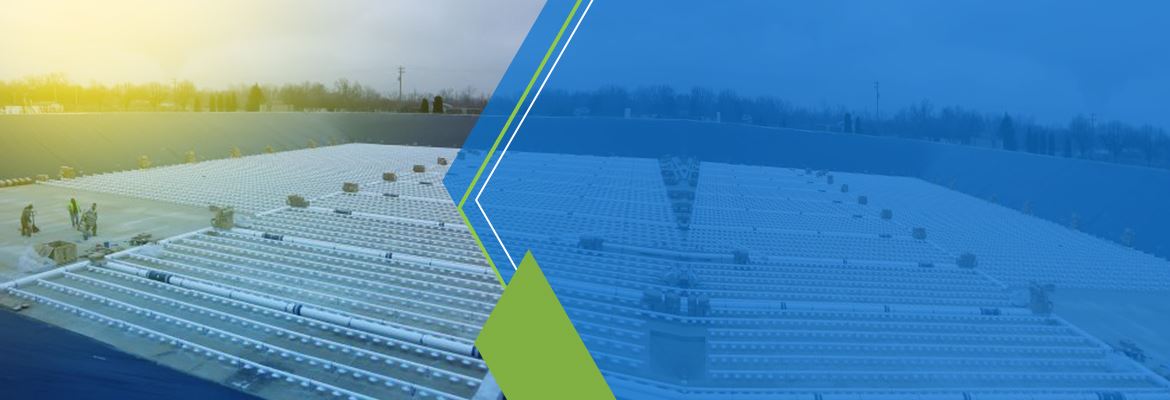Diffuser System in STP
It’s an aeration device which is used primarily to expel air and oxygen from sewage water or industrial waste water.
The diffusers can be classified with respect to their shapes and openings:
a) Shape: Disk, tube and plate
b) Bubble size: Fine or Coase bubble
Fine Bubble diffusers result in fine air bubbles which rise slowly from the floor of a waste water, thus allowing the bacteria to produce enzymes which break down the waste so that it can settle in the secondary clarifiers. Increasing the oxygen transfer efficiency decreases the power the plant requires to provide the same quality of effluent water, hence bubble size is important.
The industry standard "fine bubble" with a typical discharge diameter of 2 mm is probably larger than it needs to be for many plants. Today special polyurethane (PUR) or special recently developed EPDM membranes can have 0.9 mm holes. Though one disadvantage of using fine bubble diffusers in activated sludge tanks is the tendency of floc (particle) clogging the small air release holes. On the other hand, fine holes can be used to create zones with high oxygen concentrations (aerobic), zones with minimal oxygen concentration (anoxic) and zones with no oxygen (anaerobic); thus, allowing better targeting and removal of pollutants.
Types of diffused aeration systems or aeration grid are:
a) Retrievable
b) Fixed grid
Retrievable, is desirable in case of a plant with a single tank, in order to avoid stopping operation of the plant when maintenance is required.
Fixed systems are typically less costly, and often more efficient because it is easier to make full use of the floor. Automated software’s assist with drafting of aeration systems in CAD, and the level of diffuser requirement.





 Web Mail : Info@atkinsindia.com
Web Mail : Info@atkinsindia.com Customer Care Number : +91 9992227788
Customer Care Number : +91 9992227788 Web Link : www.atkinsindia.com
Web Link : www.atkinsindia.com









